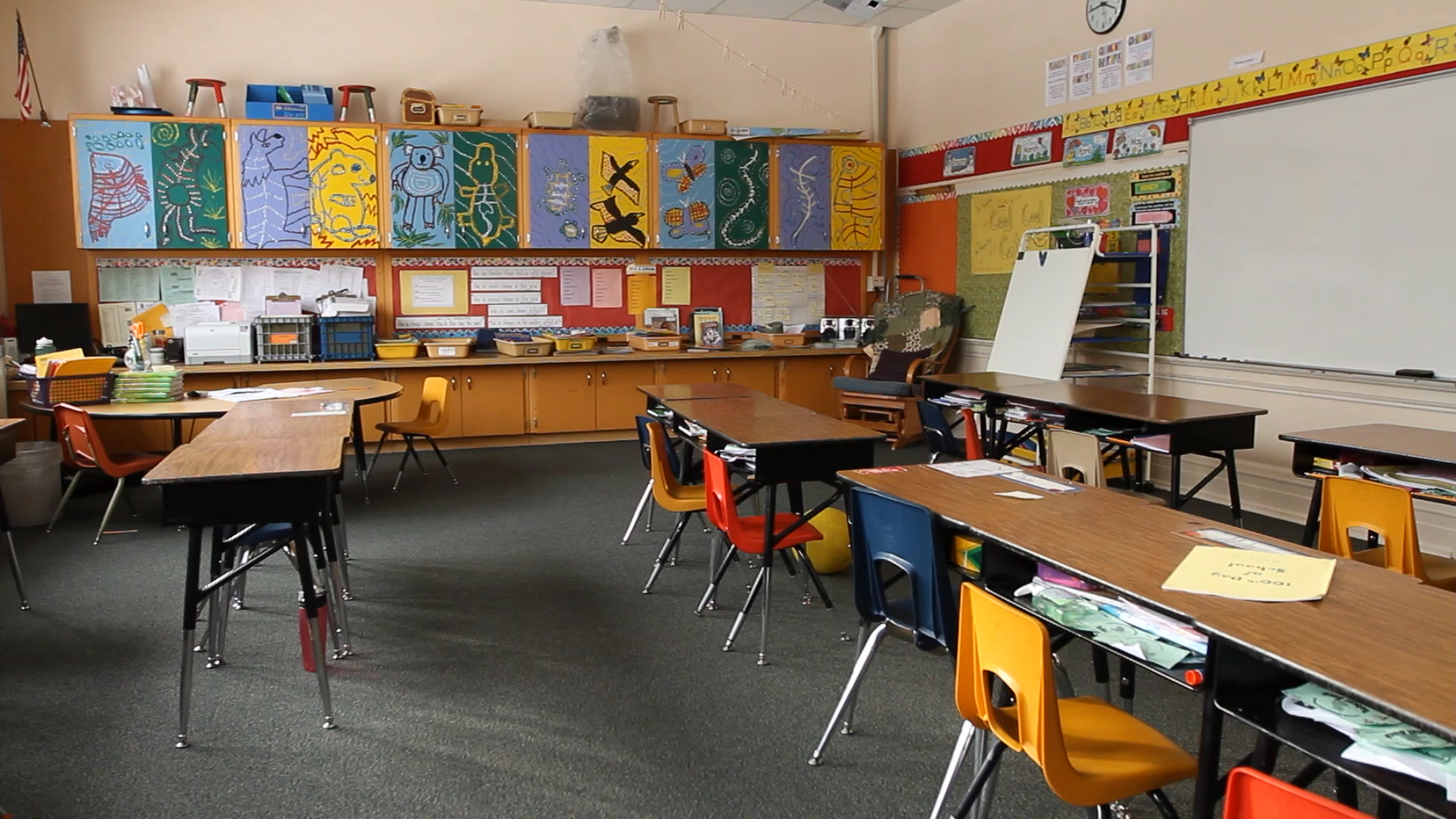
May 11, 2015
by James Wigderson
Special Guest Perspective for the MacIver Institute
It was disappointing to learn state Sen. Paul Farrow does not believe that Wisconsin will see the full expansion of school choice this year. At a school choice roundtable of Catholic Memorial High School and Hispanics for School Choice leaders, Farrow was quoted in the Waukesha Freeman, “I understand the governor has full removal of the cap with the current formula. I don’t know if that’s going to be achievable.”
Why the delay in removing the enrollment caps for school choice? After all, the Republicans have 63 seats in the state Assembly and the most conservative state Senate in years. Surely, conservatives must be wondering, if not now, when? Unfortunately, unlike the prevailing wage issue, the school choice issue is not about political will and the number of Republicans in the legislature as it is about funding.
Under Governor Walker’s plan, the voucher amount would be determined by the average amount of equalized aid for the school districts that would have students participating in the Racine Parental Choice Program or the Wisconsin Parental Choice Program. Using the state equalization aid for education as the level of voucher funding sounds like it should make sense as it seems to follow the principle that educational dollar should follow the student.
However, equalized aid is not the only source of school funding, and the governor’s proposal is actually a cut in the proposed voucher amount. Currently students receive vouchers worth $7,210 for elementary and middle school and $7,856 for high school. The governor’s plan for a statewide elimination of the caps would mean vouchers only worth $4,859 according to the latest estimates received by School Choice Wisconsin from the Legislative Fiscal Bureau.
Remember, unlike their public school counterparts, private schools participating in the Racine or statewide choice programs do not get to add to that amount by drawing on local property taxes.
The proposed amount of tuition reimbursement would be devastating to many schools participating in the Choice program. Under the current levels of reimbursement, elementary schools are getting by while high schools actually have to fundraise to make up the difference between the vouchers and the actual cost of education. With the proposed voucher amount cut, many private schools will not be able to service as many students participating in choice programs.
As Will Demet of School Choice Wisconsin explained, “Our first priority is getting the voucher amount back up because some schools, especially new schools and schools in Racine that had budgeted for the higher voucher amount, have told us quite frankly that they will not open, be forced to close immediately, or come up with an exit strategy. There are some schools that would be able to live with the smaller amount in the short term, but the lack of funding would prevent the schools from opening up any new seats. Schools with space would simply fill existing seats if there are any, but they would not be able to hire new teachers or expand.”
The irony, then, of the proposed statewide lifting of the enrollment cap for school choice is that it could have a net depressive effect on school choice enrollment because of the lower voucher amounts. The voucher amounts, especially at the high school level, would simply be too far below the actual cost of education for schools in the choice programs.
The lower voucher amount also increases the gap between the funding of education for choice students and public school students. According to Department of Public Instruction figures, funding for a student in a public school would be over 157% greater than funding for a student in the statewide parental choice program. That completely undermines the principle that educational dollars should follow the student.
The idea of lifting the caps to school choice statewide started with such promise. As the governor’s administration wrote in the Budget in Brief, his plan would, “Provide parents in any school district with the opportunity to participate in the statewide school choice program by removing the cap on the number of school choice participants.” However, the plan as proposed only gives the appearance of a statewide school choice program without actually expanding school choice. Wisconsin parents looking for better educational choices deserve a better plan.